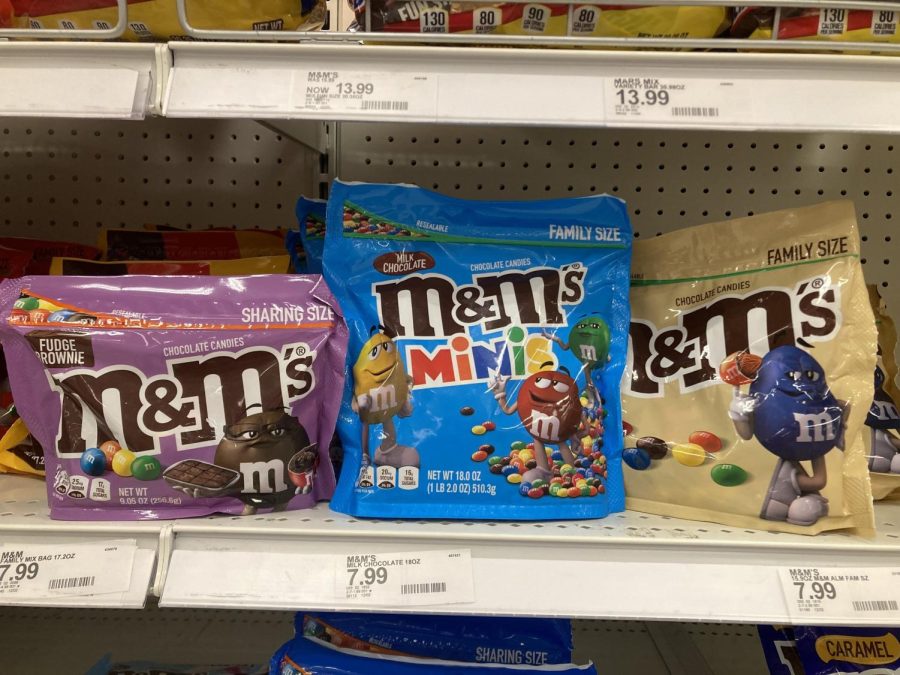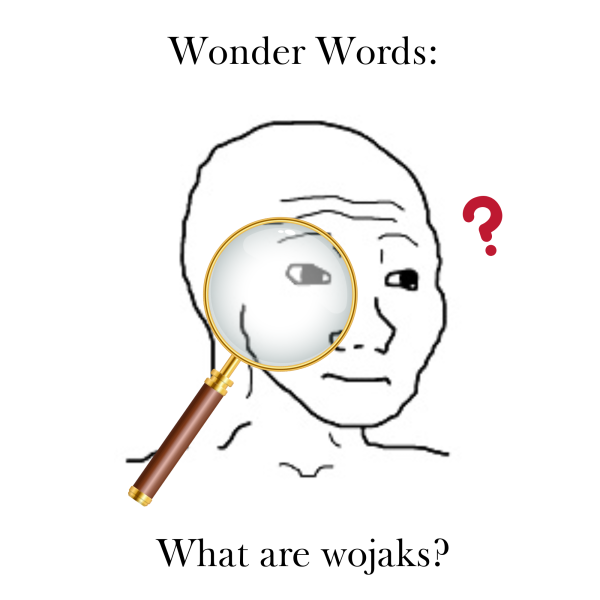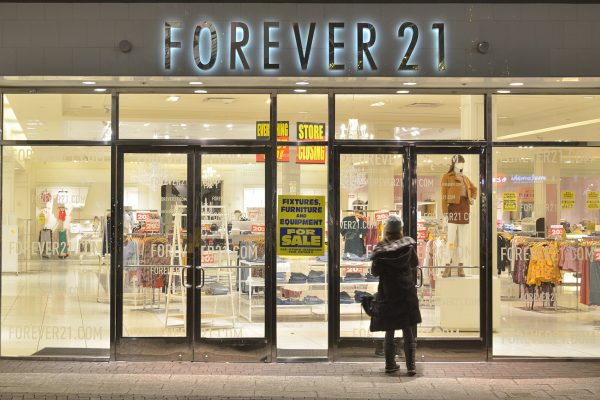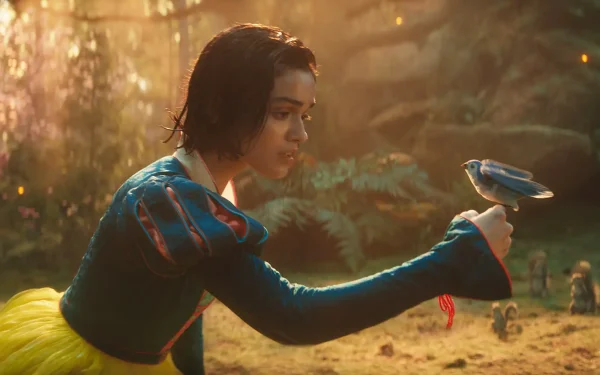Spokescandies Spark a Stir
M&M’s introduction of inclusive spokescandies resulted in both support and opposition across the internet in the past couple of months. These M&Ms caused so much controversy that the company removed the characters altogether. Temporarily, they were replaced by Actress and Comedian Maya Rudolph, known best for her role on SNL, but after the SuperBowl the spokescandies returned indefinitely.
Mars Wrigley, the owner of M&Ms, actually redesigned the brand’s mascots in early 2022 but Tucker Carlson, host of Tucker Carlson Tonight, brought them up again recently sparking a second wave of discussion over the spokescandies. Carlson expressed his opinions on the rebrand in January of this year. “Woke M&M’s have returned.” He said, “The green M&M got her boots back, but apparently is now a lesbian maybe? And there is also a plus-sized, obese purple M&M.” He continued expressing his dislike for the new look of the mascots saying “M&M’s will not be satisfied until every last cartoon character is deeply unappealing and totally androgynous. Until the moment you wouldn’t want to have a drink with any one of them. That’s the goal.”. His concern wasn’t only about the “wokeness” of the M&Ms but the attractiveness of the cartoon characters.
In the redesign, the characters’ looks, personalities, and backgrounds were changed with the addition of the purple M&M. This new character was introduced with a music video on Youtube titled “I’m Just Gonna Be Me”. “There is so much about our new spokescandy that people can relate to and appreciate, including her willingness to embrace her true self – our new character reminds us to celebrate what makes us unique,” said Jane Hwang of Mars Wrigley. The character’s sexual orientation was not part of the initial design but the M&M fandom created their own backstories claiming that the new character, designed to represent inclusivity, was transgender. Because of the media’s interpretation of the new M&M the term ‘woke M&Ms’ became a headline in conservative news stories.
“America, let’s talk,” Mars Wrigley addressed the upset on January 23, 2023. “In the last year, we’ve made some changes to our spokescandies. We weren’t sure if anyone would even notice. And we definitely didn’t think it would break the internet.” Following this statement, they removed their candy mascots and introduced Maya Rudolph as their new marketing spokesperson. The former SNL member appeared in the famous SuperBowl commercial for the candy advertising her Ma&Ya’s filled with clams as opposed to chocolate. At the end of the commercial, the Red M&M appears in the back holding up a sign for “HELP!”. The commercial was intended to draw the public back to the candy mascots who were later featured in a post-game “press conference” on Youtube announcing their return. “I mean, as a walking, talking candy, my options are pretty limited.” said the Purple M&M.
The issue of inclusivity in the media, or lack thereof, creates a problem for marketing teams across the country. Is adding inclusive mascots and characters to your brand throwing away half your audience? Or is leaving minorities out of public representation adding to the problem? “What M&M’s is showing is that it’s going to back down from what it stands for if it receives a lot of negative criticism,” said Deb Gabor, the CEO of Sol Marketing, a branding agency. “It’s becoming increasingly important to people that they know what brands stand for when they throw down their support.”






